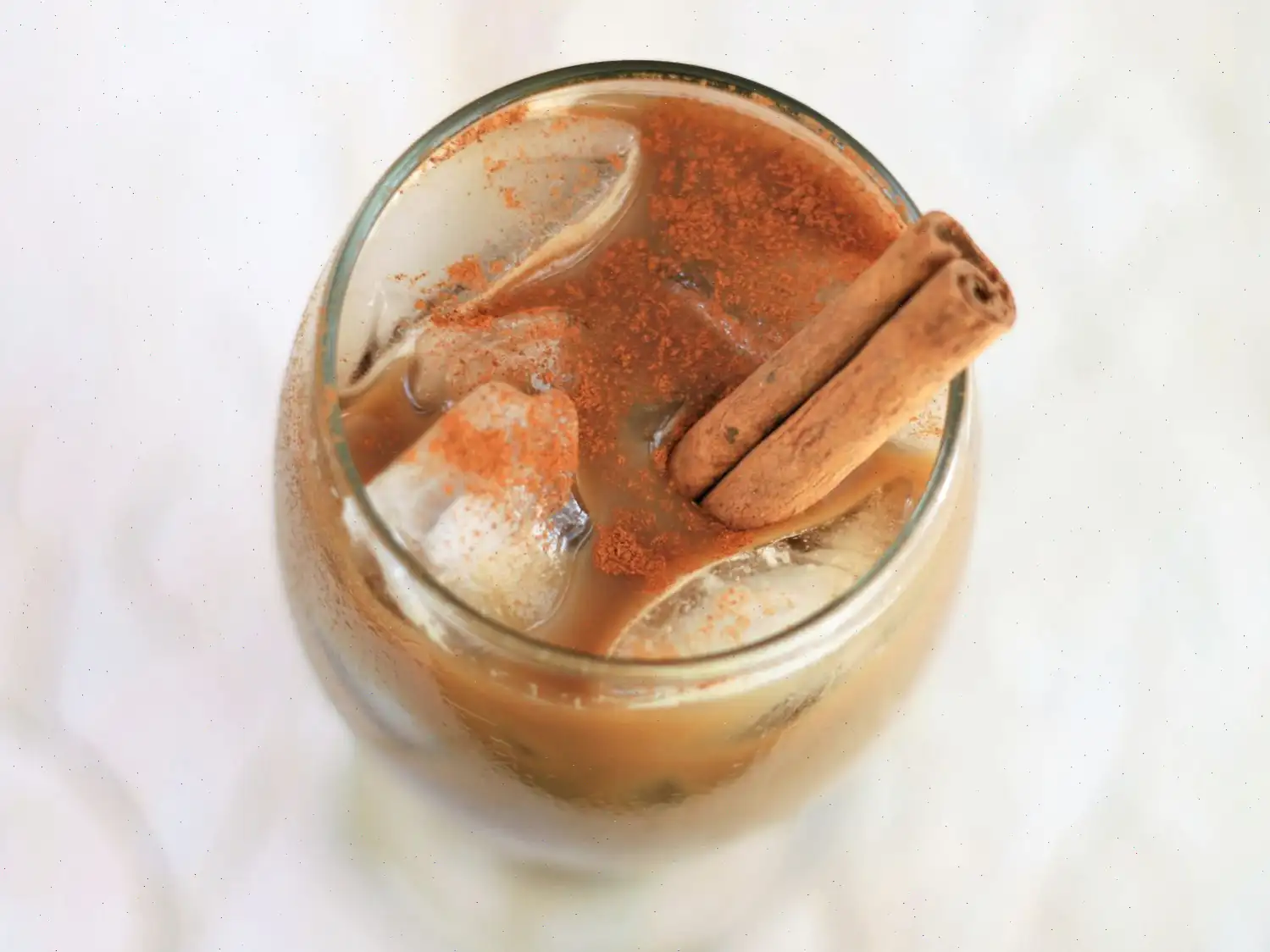
German Twists Recipe
Ingredients
This recipe was developed at its original yield. Ingredient amounts are automatically adjusted, but cooking times and steps remain unchanged. Note that not all recipes scale perfectly. Original recipe (1X) yields 24 servings.
- 1 (.25 ounce) package active dry yeast
- cup warm water
- 3 cups bleached all-purpose flour
- 1 teaspoon salt
- 1 cup butter, sliced
- cup sour cream
- 2 large egg yolks
- 1 large egg
- 1 teaspoon vanilla extract
- 1 cup white sugar, or as needed
Directions
Step 1: Sprinkle yeast over warm water in a bowl. Let stand until yeast softens and begins to form a creamy foam, about 5 minutes.
Step 2: Meanwhile, combine flour and salt in the bowl of a food processor; pulse once or twice to combine. Scatter butter over flour; process until butter is thoroughly mixed into the flour mixture, about 1 minute.
Step 3: Whisk the yeast mixture, sour cream, egg yolks, egg, and vanilla extract together in a separate bowl; pour into the food processor. Pulse several times just until the dough starts to hold together and cleans the sides of the bowl. Be careful not to overmix.
Step 4: Transfer the dough to a work surface and divide it into two equal portions. Form each portion into a thick disk, wrap in plastic wrap, and refrigerate for at least 2 hours, or overnight for best results.
Step 5: Preheat the oven to 375F (190C). Line several baking sheets with parchment paper.
Step 6: Sprinkle a work surface generously with sugar. Roll out one dough disk into an 8x16-inch rectangle and sprinkle it generously with sugar.
Step 7: Fold the dough over in thirds, letter-style, then repeat the rolling, sugaring, and folding process two more times. Roll out the dough into a 4x14-inch rectangle, about -inch thick.
Step 8: Repeat the same process with the second dough disk.
Step 9: Cut strips from the short sides of the dough rectangles, about to -inch wide. Place the strips onto the prepared baking sheets, twisting and slightly stretching the strips or forming them into horseshoe shapes.
Step 10: Bake in the preheated oven until the cookies are lightly golden brown, about 12 to 15 minutes. The cookies will puff up a bit to reveal delicate layers.
Step 11: Cool the cookies on the baking sheets for about 5 minutes before transferring them to wire racks to cool completely.
Cook's Note:
For the best texture, rest the dough in the refrigerator overnight.
Nutrition Facts (per serving)
| Nutrition Fact | Amount | % Daily Value |
|---|---|---|
| Calories | 191 | 10% |
| Total Fat | 10g | 13% |
| Saturated Fat | 6g | 30% |
| Cholesterol | 48mg | 16% |
| Sodium | 159mg | 7% |
| Total Carbohydrate | 23g | 8% |
| Dietary Fiber | 1g | 2% |
| Total Sugars | 8g | - |
| Protein | 3g | 6% |
| Vitamin C | 0mg | 0% |
| Calcium | 17mg | 1% |
| Iron | 1mg | 6% |
| Potassium | 43mg | 1% |
* Percent Daily Values are based on a 2,000 calorie diet. Your daily values may be higher or lower depending on your calorie needs.
** Nutrient information is not available for all ingredients. Amount is based on available nutrient data.
If you are following a medically restrictive diet, please consult your doctor or registered dietitian before preparing this recipe for personal consumption.
German twists, a delightful pastry traditionally served during the holiday season, are a treat enjoyed by many around the world. These rich, tender sour cream cookies are leavened with yeast and feature delicate, sugary layers as they bake. Their origin can be traced back to the heart of Germany, where such pastries are common during festive occasions. This recipe combines butter, sour cream, and sugar to create a perfect balance of richness and sweetness.
History of German Twists
German twists, known by various names depending on the region, have their roots in the European tradition of sweet yeast pastries. Historically, they are associated with the festive baking that occurs during the Christmas season. In Germany, pastries of this kind were often baked for special occasions like Christmas Eve or New Year's, as a way to celebrate the end of the year. The use of sour cream and butter in the dough helps create the characteristic flakiness and richness that make German twists so irresistible.
Regional Features
While the recipe for German twists is popular throughout Germany, there are subtle variations depending on the region. In some areas, the dough might be flavored with lemon zest or a hint of cinnamon, while others might prefer a simple sugar coating. The way the dough is folded and twisted also variessome regions prefer more intricate shapes, while others opt for the classic twist or horseshoe form. The use of yeast in the dough, rather than relying solely on baking powder or soda, is a key characteristic of this treat, ensuring a light and airy texture.
Differences from Similar Dishes
German twists are often compared to other traditional European pastries such as Danish pastries and croissants. However, what sets them apart is their dough. Unlike Danish pastries, which are made with a laminated dough that requires precise folding and chilling to create multiple layers, German twists feature a slightly simpler dough enriched with sour cream, making them slightly denser and less flaky than a croissant, but just as delicious. Additionally, unlike typical sugar cookies, which are crisp, German twists have a soft, chewy interior due to the yeast-based dough.
Where Are German Twists Typically Served?
German twists are typically served during the Christmas season or at special family gatherings. They can be found on many holiday tables in Germany and the surrounding countries, where they are often paired with coffee or tea. In some German-speaking regions, these treats are known as "Engelsruten" (Angel Sticks), symbolizing the sweetness and joy of the holiday season. They're perfect for sharing with family and friends, making them a staple at festive breakfasts or dessert tables.
Interesting Facts
- German twists are sometimes referred to as "Angel Twists" in families with a long tradition of making them during Christmas.
- Some variations of the recipe include a sprinkle of cinnamon sugar or a light glaze on top after baking, adding an extra layer of sweetness.
- The dough for German twists can be prepared ahead of time and stored in the refrigerator overnight, which helps develop the flavors and results in a better texture.
- These pastries are often enjoyed with hot chocolate or mulled wine during the holiday season, enhancing the festive experience.
- Despite their name, German twists have spread beyond Germany and are now a popular treat in various countries, including the United States, where they are often baked for Christmas or Thanksgiving celebrations.
Whether you're celebrating the holidays or simply craving a sweet, yeasty pastry, German twists are a delightful choice. Their unique combination of buttery layers, sugary sweetness, and tender texture make them a treat worth savoring year-round.
FAQ about German Twists Recipe
Comments
Charles Nguyen
09/14/2023 01:55:51 PM
Followed the recipe to the letter, except for adding cinnamon to the sugar. The result was fantastic. This recipe is truly outstanding.
Benjamin Clark
01/12/2023 11:31:57 PM
My mother used to make these pastries in a horseshoe shape when I was a child, and now at 62, I still love them. I continue to bake them myself to this day. I've noticed that some recipes recommend adding icing or frosting, but in my opinion, these pastries are perfect as they are. Adding more sugar would overpower their delicate, slightly yeasty flavor.








